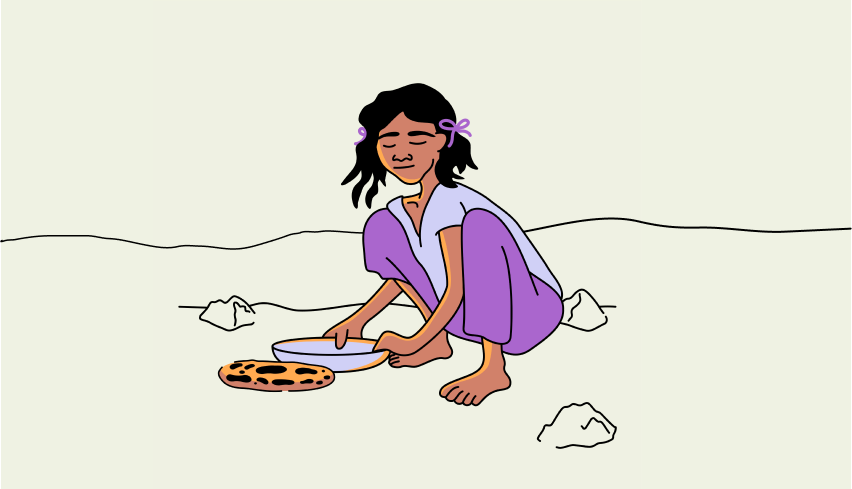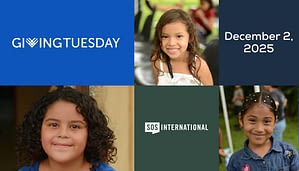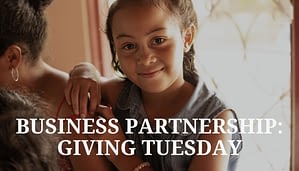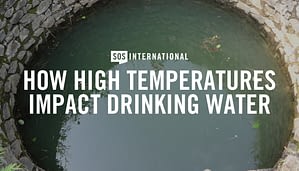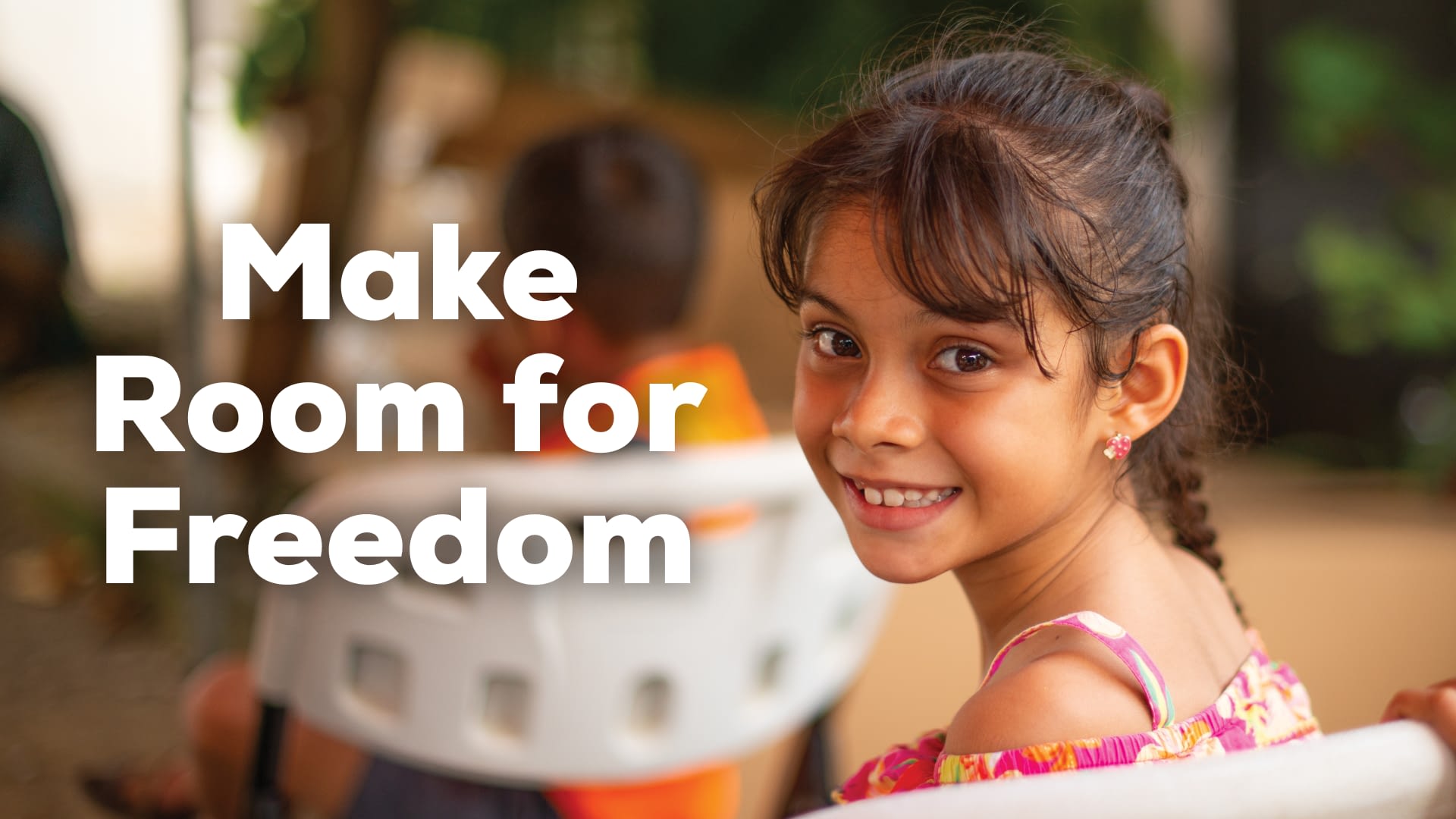Written By: SOS International
If you have ever found yourself discussing human trafficking with someone, you know that it is a complex issue. Trafficking is one of the fastest-growing crimes worldwide and is often hidden in plain sight. With so many statistics and facts, it can be overwhelming to know if you know as much as you should. If you are just learning about trafficking or want to have more confidence in talking about trafficking, here are three key facts to know:
1) There are 50 million Trafficking victims around the world.
Slavery has existed for thousands of years. Today, with nearly 50 million victims around the world, there are more slaves now than ever before. It’s an astonishing number. These enslaved people exist across sex and labor trafficking, aided by industries like sex tourism.
2) Trafficking is defined by the presence of force, fraud, or coercion.
How do you know when someone is being trafficked? When there is the presence of force, fraud, or coercion. One of the common perceptions people have of trafficking is that victims are kidnapped. While this does happen, it is not the primary way that victims are trafficked.
It is crucial to be able to identify signs of trafficking to understand the broad spectrum of trafficking experiences. A prime example of this from recent news is how rapper Sean Combs has faced mounting accusations of sex trafficking in recent months. Several musical artists who worked with Combs claim he coerced them into participating in sexual acts and threatening their careers to keep them quiet. While the verdict on these claims remains to be seen, these stories highlight how trafficking can be vastly different from the stereotypical scenario of a child being abducted and sold into slavery.
It is important to note here that when dealing with anyone underaged, you do not need to prove the presence of force, fraud, or coercion. 1 in 4 trafficking victims is a child. A child cannot consent.
If you would like to learn more about child trafficking and the music industry, check out our podcast with a survivor.
3) People are more likely to be trafficked when they lack basic needs
The third key fact is knowing what makes the majority of trafficking victims vulnerable. At the root, it’s a lack of basic needs like food and water. When these basic needs go unmet, women and children are put at-risk, as traffickers will leverage the vulnerability of their need. It is common for trafficking victims to feel trapped and unable to leave because they have no other reliable means of supporting their families or meeting the needs of their children. Being in that position is immensely challenging, and it highlights how important providing these needs can be to both prevention and rescue efforts.
Starting with these three fundamental facts will help you to understand the number of victims of trafficking, its defining features, and who is most at-risk. These facts will help you develop a feel for distinguishing misinformation about trafficking and understanding effective trafficking prevention. By helping to secure basic needs in communities that need them most, you can strengthen those communities to resist traffickers. A community with food and water, along with solid support systems in place, is protected from traffickers who want to leverage force, fraud, or coercion to trap their victims.


